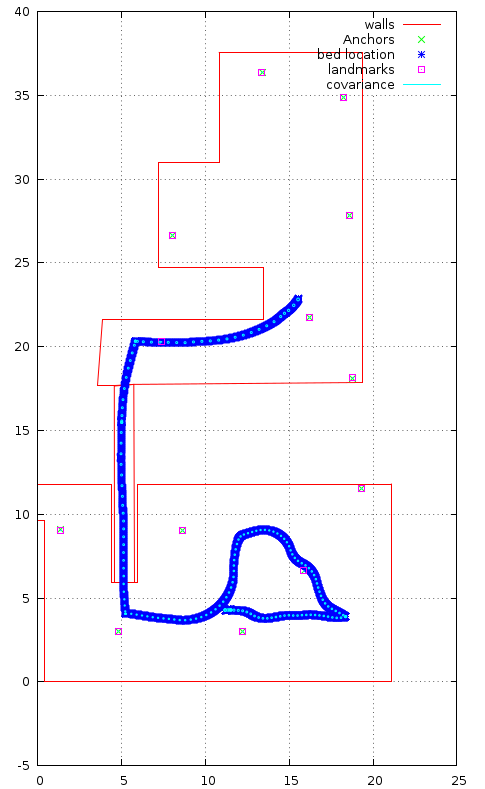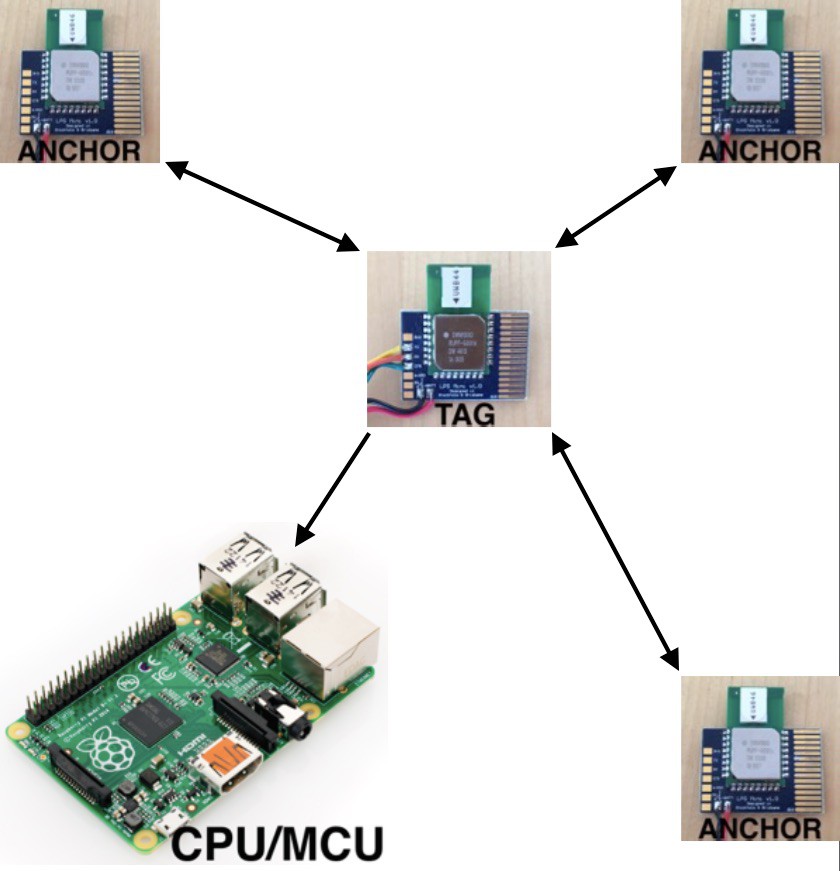-
1515 exhibition in France
03/24/2016 at 14:47 • 0 commentsWe are proud to announce that LPS Mini will be used by the French art collective quinzequinze in an exhibition later this year. From a technical point of view moving objects (visitors) will be tracked using UWB. Different sounds will be played depending on their location. Magnetometer data from LPS Mini is used to enable realistic stereo effects, i.e. sounds from left will move to the right if the visitor makes a 180° turn.
![]()
Dates: 28 to 30 April
Place: 40 Rue des Teinturiers, 80080 Amiens
Web site: http://connexions.npdcp.fr/projets-2016
" Dans un espace interactif et immersif, le public, plongé dans le noir et équipé de casques audio et de smartphones, est invité à se déplacer et à explorer un environnement sonore.
Des questions s'entremêlent et amènent le visiteur à l’appréhender le futur comme un univers des possibles. "
" In an interactive and immersive space, the audience is immerse in a dark room equipped with headsets and smartphones and is invited to move and explore a sound environment.
Questions intermingle and bring the visitor to grasp the future as a universe of possibilities. "
Don't miss it!
-
500 new LPS
03/22/2016 at 13:19 • 0 commentsYet another box from the factory! This time around 500 LPS in three different flavours (only two can be shown in public).
![]()
-
LPS Mini WiFi Adaptor prototypes almost finished
03/17/2016 at 06:32 • 0 commentsSoon good to go. Waiting for connectors and ESP-12E.
![]()
![]()
-
LPS Mini WiFi Adaptor: LPS Mini + ESP8266 = true!
03/02/2016 at 17:50 • 0 commentsHere is a preview of our new LPS Mini WiFi Adaptor. Production files have been sent to the PCB factory, but it will take a while until our first hand assembled prototypes are fully tested. With this adaptor it will be easier to set up and manage large anchor installations, e.g. in shopping malls, warehouses, sport arenas and museums. WiFi will also come in handy when implementing TDOA algorithms. If desired it is possible to attach an OLED display module to get fancy graphics.
![]()
![]()
-
3D file for LPS Mini
02/24/2016 at 19:33 • 0 commentsHere is a 3D file for LPS Mini. Hope it will come in handy for those of you making your own plastic boxes/radomes. Keep in mind to avoid hygrophilic polymers! They absorb moisture and act as attenuators. Quick and dirty test: Put your polymer sample in a microwave oven and run it at full effect for a while. If your sample heats up it absorbs microwaves and can not be used. Another possibility is making a little plastic hat for the antenna and see if it affects the dBm-reading (P:).
This is how the 3D file looks in Fusion360:
![]()
![]()
-
New production batches have arrived!
01/21/2016 at 01:50 • 1 commentNow we have many LPS and LPS Mini ready to be shipped!
-
LPS and LPS Mini are now compatible with TREK1000
01/12/2016 at 21:02 • 0 commentsLPS can now work as a TREK1000 compatible tag if used in 110k mode! Even the DIP switch settings are identical. http://www.decawave.com/products/trek1000.
LPS Mini normally runs at half the speed compared to LPS (8 MHz instead of 16 MHz) and can thus not reply quick enough to work with TREK1000. It is possible though to increase the clock frequency to a maximum of 13.33 MHz and still stay within the safe operating area (LPS Mini runs at 3.3V):
![]() Closest standard crystal frequencies below 13.33 MHz are 13, 12.288 and 12 MHz. Baud rate errors are then 0.76% (13 MHz), 2.6% (12.288 MHz) and 0.16% (12 MHz) when generating 115.2 kbps. To get some extra headroom we recommend going for 12 MHz. 7A-12.000MAAE-T from TXC Corporation is a drop in replacement for the existing 8 MHz crystal (7A-8.000MAAJ-T).
Closest standard crystal frequencies below 13.33 MHz are 13, 12.288 and 12 MHz. Baud rate errors are then 0.76% (13 MHz), 2.6% (12.288 MHz) and 0.16% (12 MHz) when generating 115.2 kbps. To get some extra headroom we recommend going for 12 MHz. 7A-12.000MAAE-T from TXC Corporation is a drop in replacement for the existing 8 MHz crystal (7A-8.000MAAJ-T).12 MHz is not needed for our own demo firmware, but from now on LPS Mini will be shipped with a 12 MHz crystal and our demo source code package will come with a 8/12 MHz define. Next release will also contain three different bootloaders (one each for 8, 12 and 16 MHz) and firmware hex files for TREK1000 compatibility.
If you have previously bought a LPS Mini from us we can offer an upgrade to the cost of the crystal and freight back to you. Please note that this is only needed if you want your LPS Mini to be a TREK1000 compatible tag @ 110 kbps.
-
System design document
08/16/2015 at 21:50 • 0 commentsA requirement for the Quarterfinals (Stage 2) of the Hackaday Prize is to "Post a system design document, including a preliminary components list. The system design document should show what is working and what the Participant is building toward".
So: Here is the schematic, assembly drawing and BOM:
http://www.loligo.se/navigation/LPS_mini_v1.0_150423.pdf
Most parts work as expected. We have successfully measured the distance between several LPS / LPS Mini, but not yet had time to do proper tests of the on-board sensors intended for intertial navigation. We have only talked to them using I2C to confirm that they are responsive. Next step will not necessarily be a test with a LPS Mini on a cat, but it would be fun. It all depends on if we can find a stunt cat for our tests.
-
End result
08/16/2015 at 21:40 • 0 commentsThis is the output from our Raspberry Pi doing localisation based on data from LPS:
![]()
-
Topology
08/16/2015 at 15:28 • 0 commentsJust to be extra clear, this is the topology of our little navigation system:
![]()
The tag measures distances to anchors in sight and reports to an external CPU/MCU, who in turn does localisation. The ATmega328P of the tag is not powerful enough to do that job by itself while simultaneously measuring distances to anchors. Data can travel either via UART, I2C or radio between the tag and the external CPU/MCU. At least one tag and and one anchor is needed. A standard setup got at least one tag and three or four anchors.
In our specific case (http://www.loligo.se/roaming_beds/) we use two tags per moving object in order to keep track of what is front and back. Twelve anchors are located in the ceiling to give redundancy and good coverage.
 Göran Nordahl
Göran Nordahl
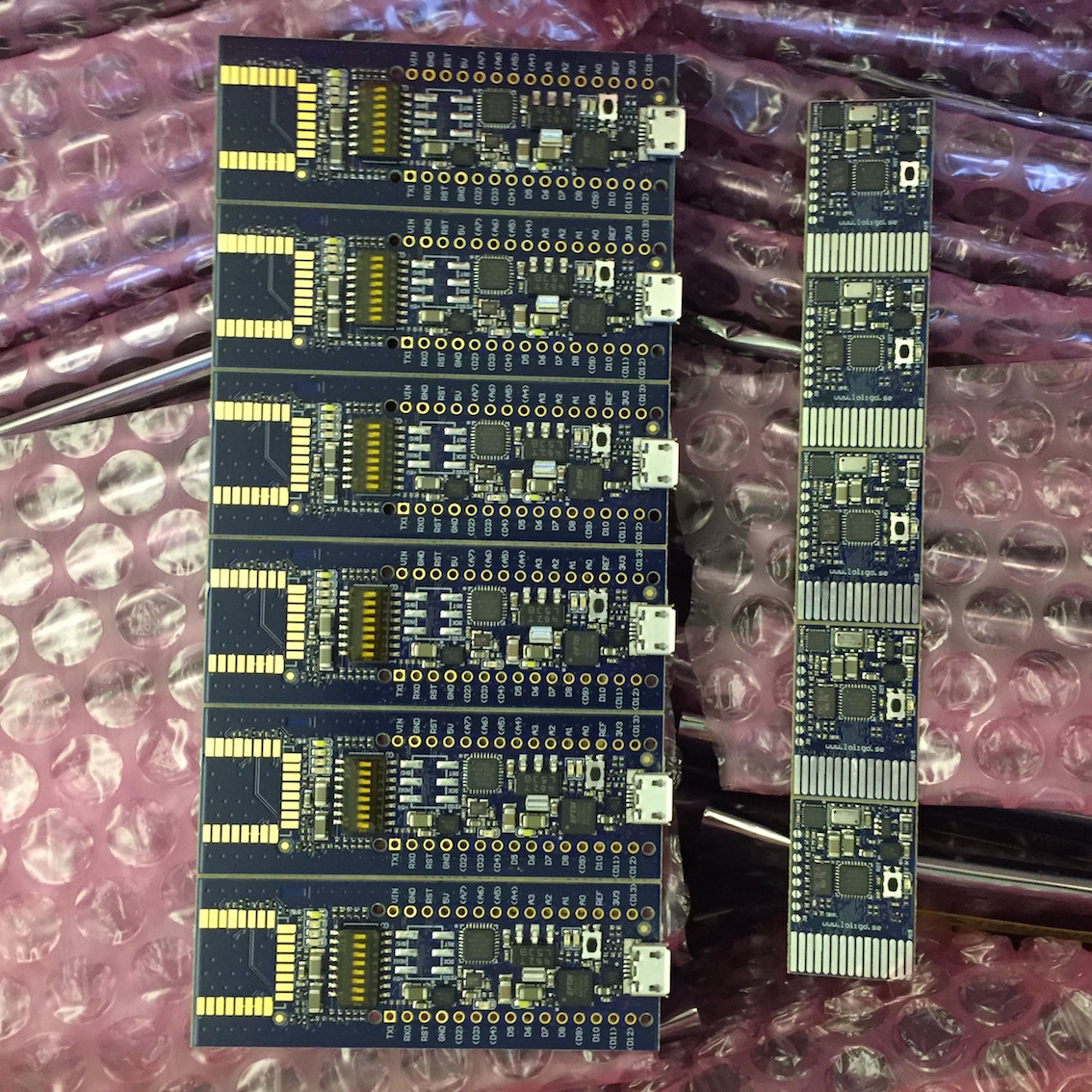
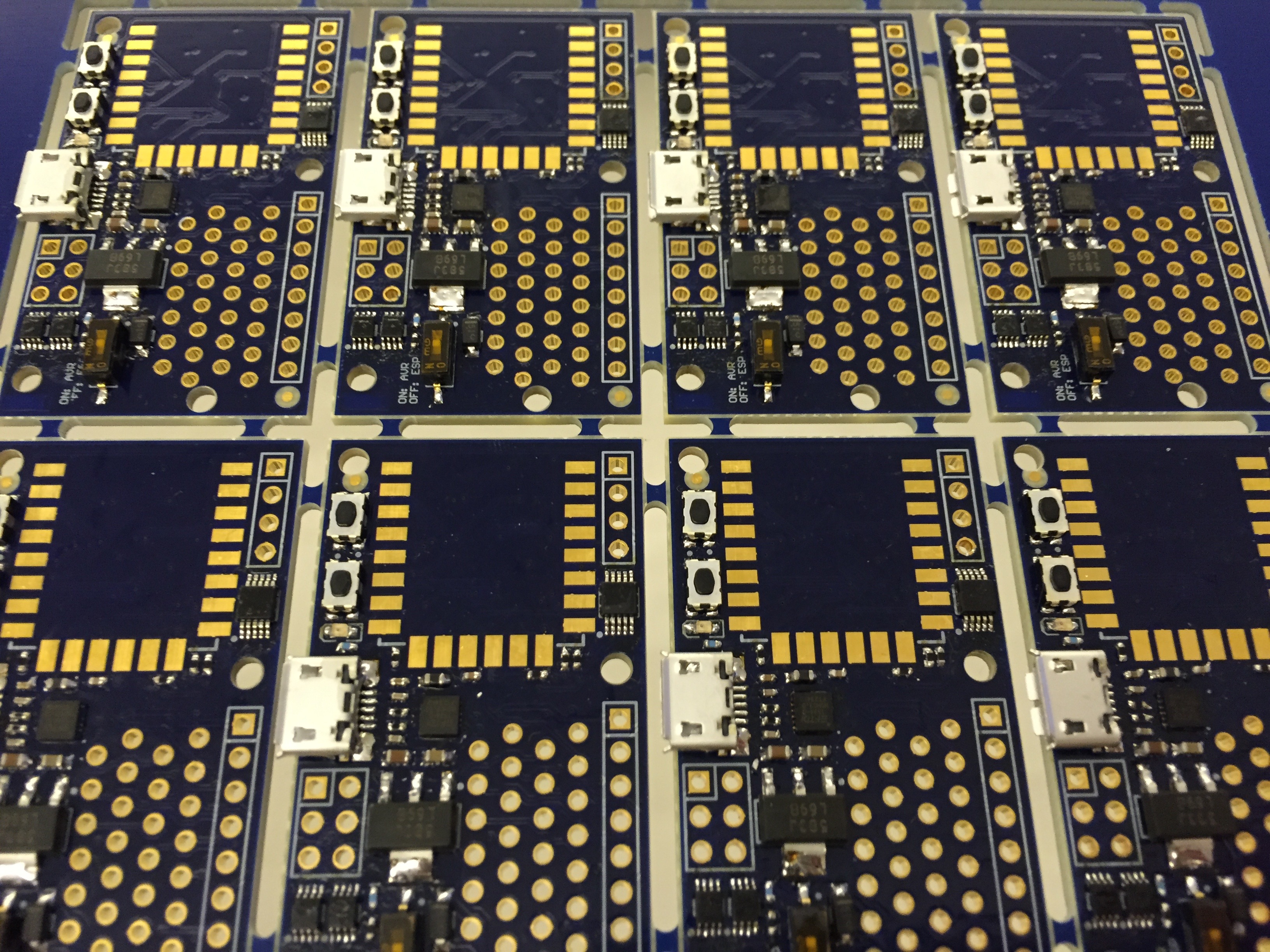
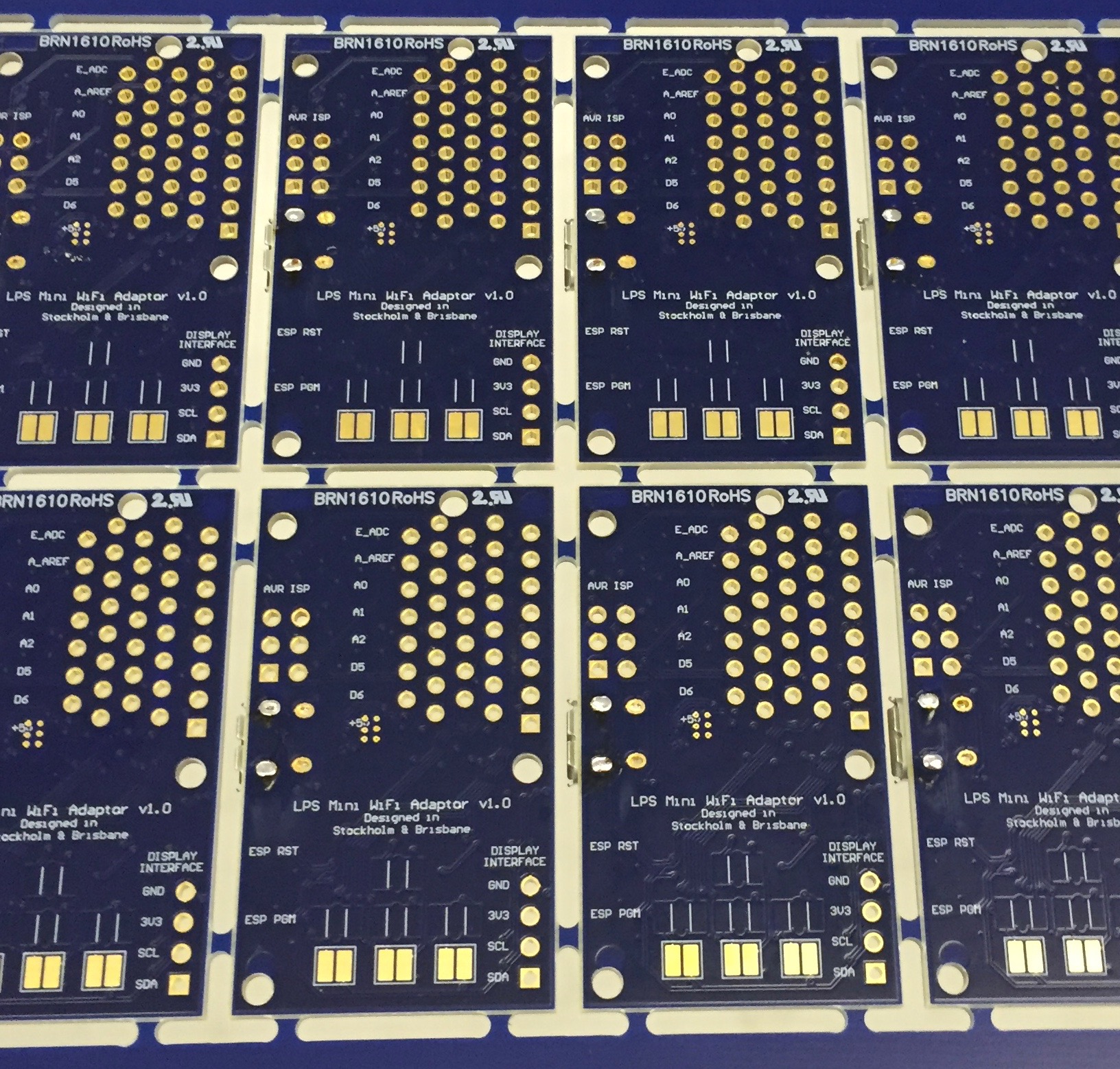
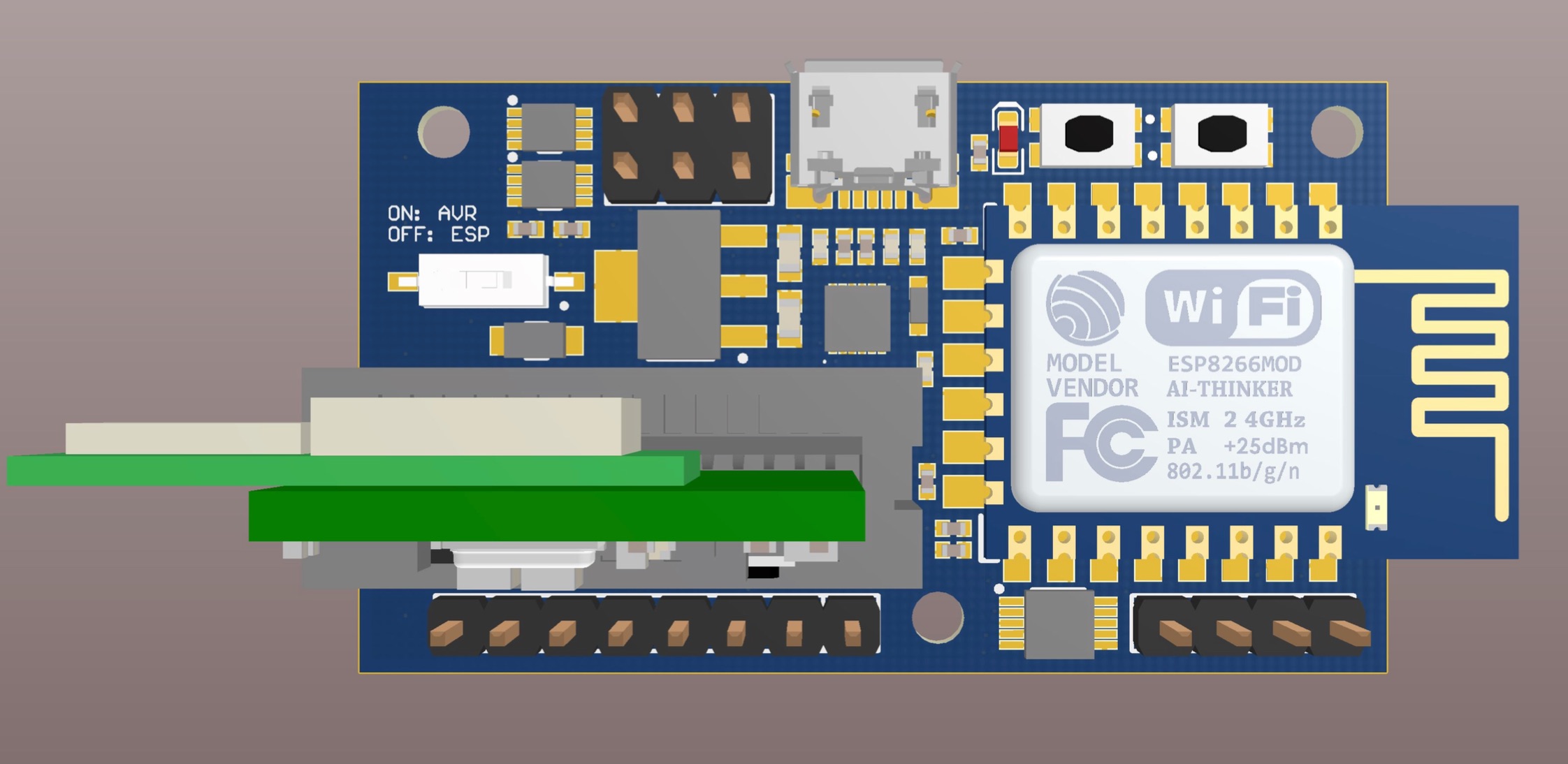
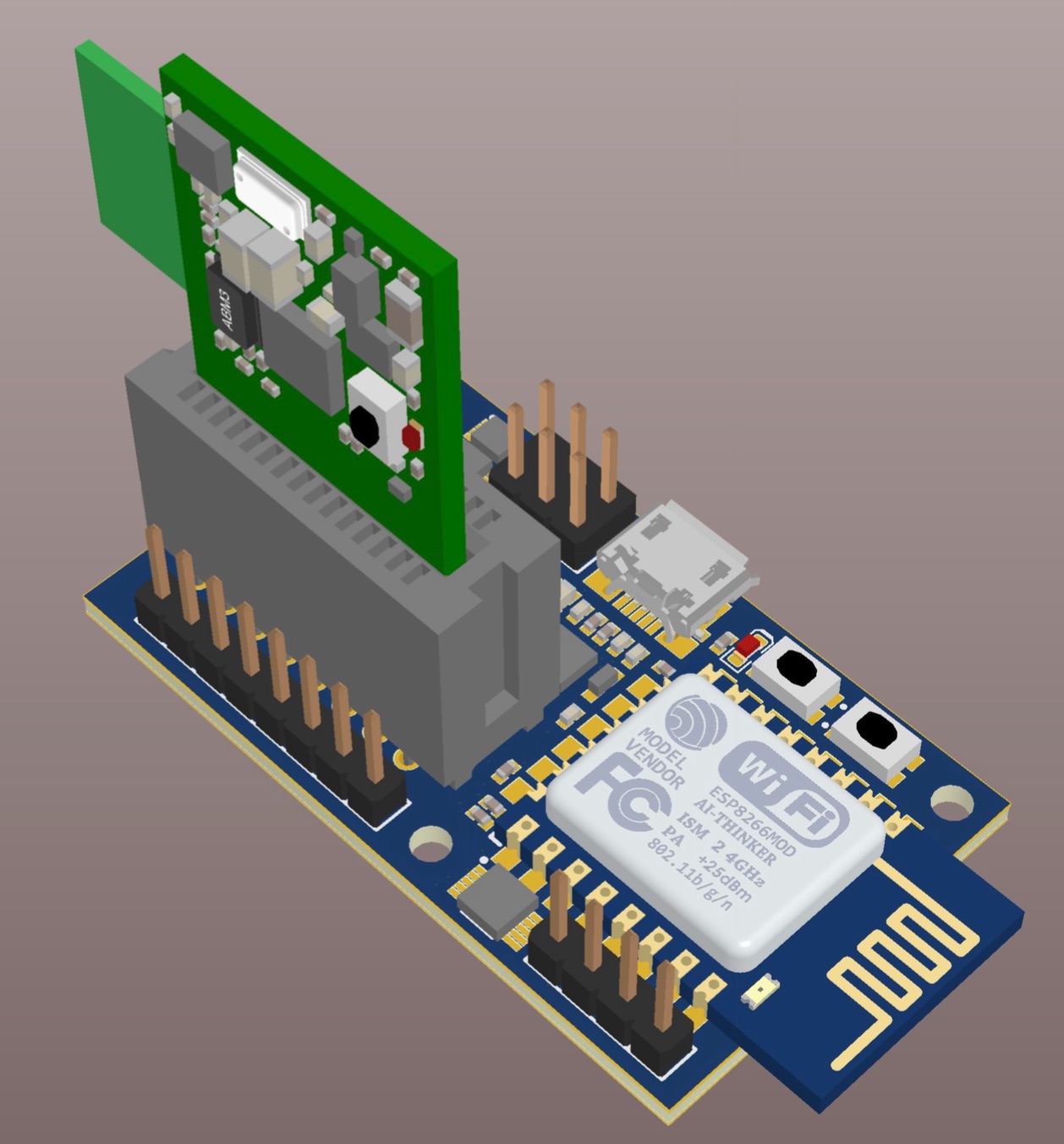
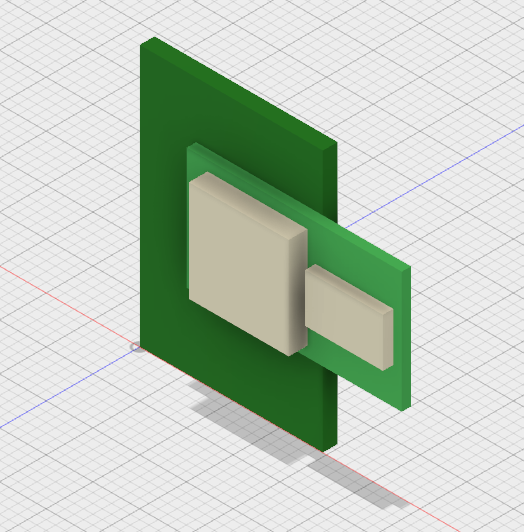
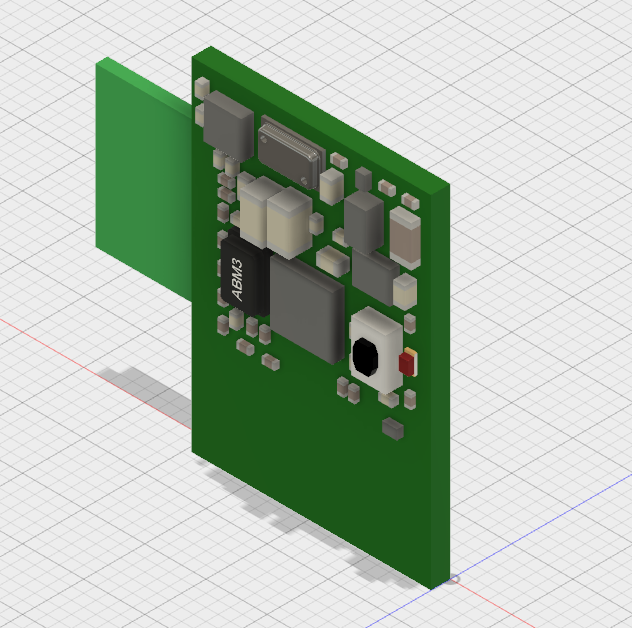
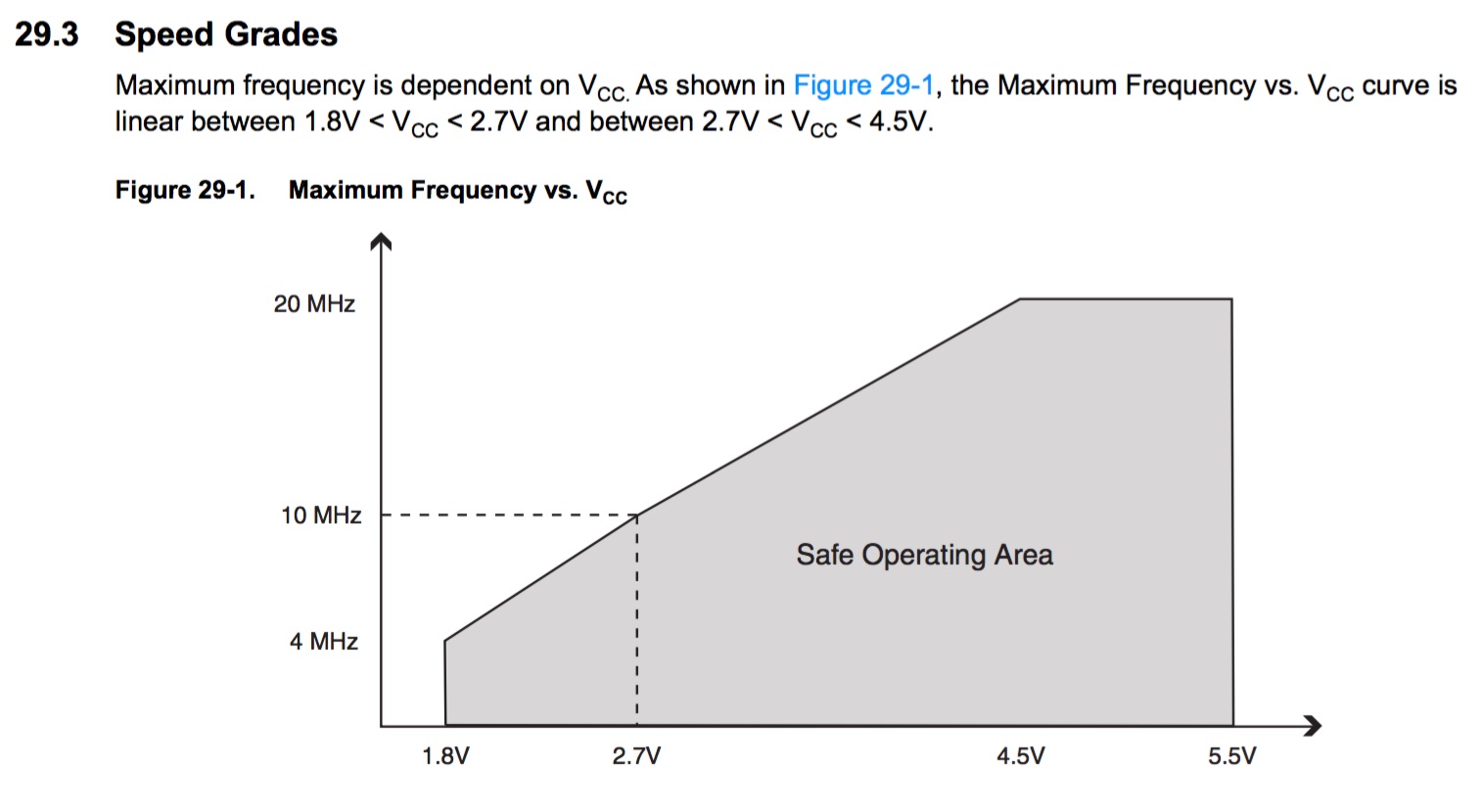 Closest standard crystal frequencies below 13.33 MHz are 13, 12.288 and 12 MHz. Baud rate errors are then 0.76% (13 MHz), 2.6% (12.288 MHz) and 0.16% (12 MHz) when generating 115.2 kbps. To get some extra headroom we recommend going for 12 MHz. 7A-12.000MAAE-T from TXC Corporation
Closest standard crystal frequencies below 13.33 MHz are 13, 12.288 and 12 MHz. Baud rate errors are then 0.76% (13 MHz), 2.6% (12.288 MHz) and 0.16% (12 MHz) when generating 115.2 kbps. To get some extra headroom we recommend going for 12 MHz. 7A-12.000MAAE-T from TXC Corporation